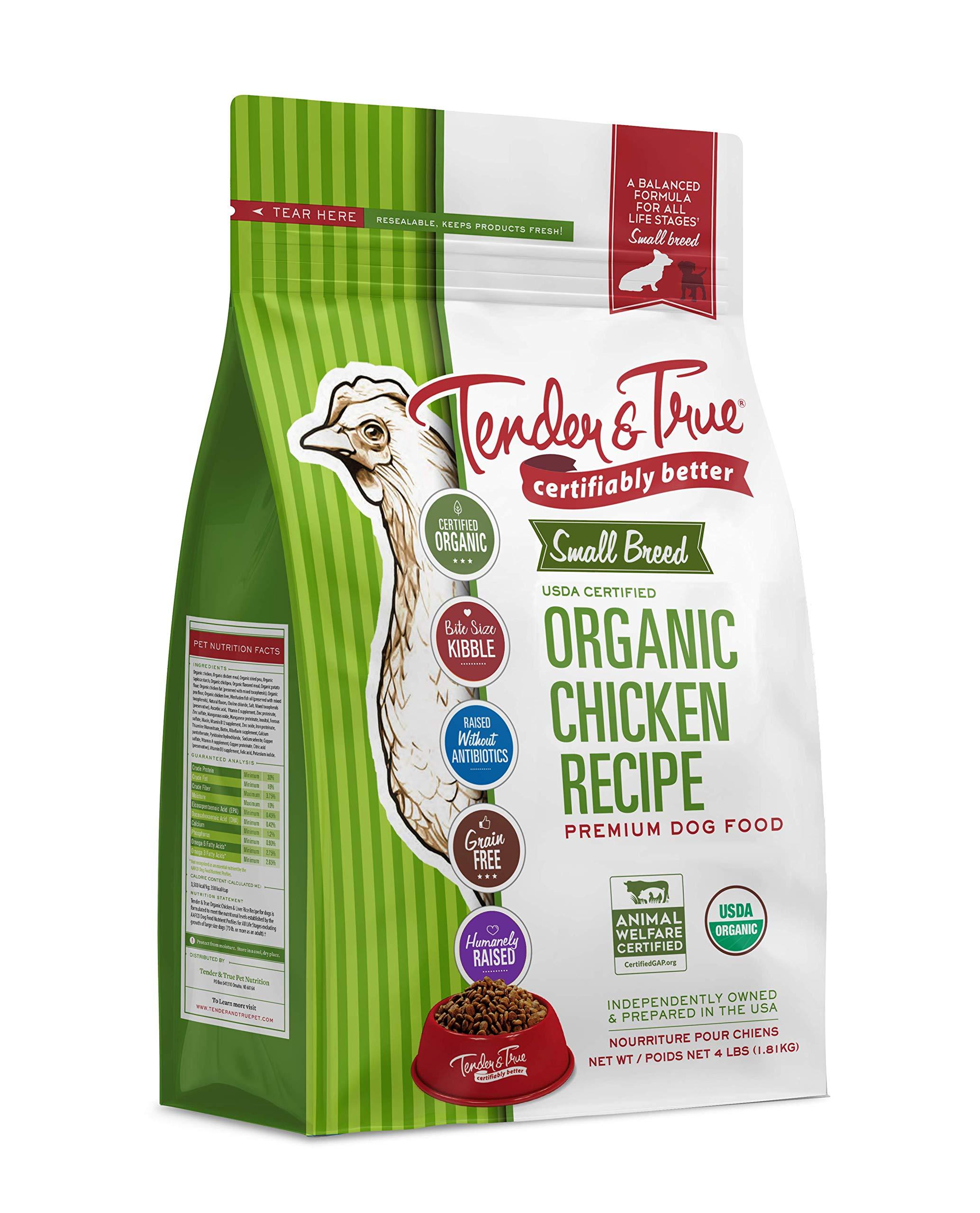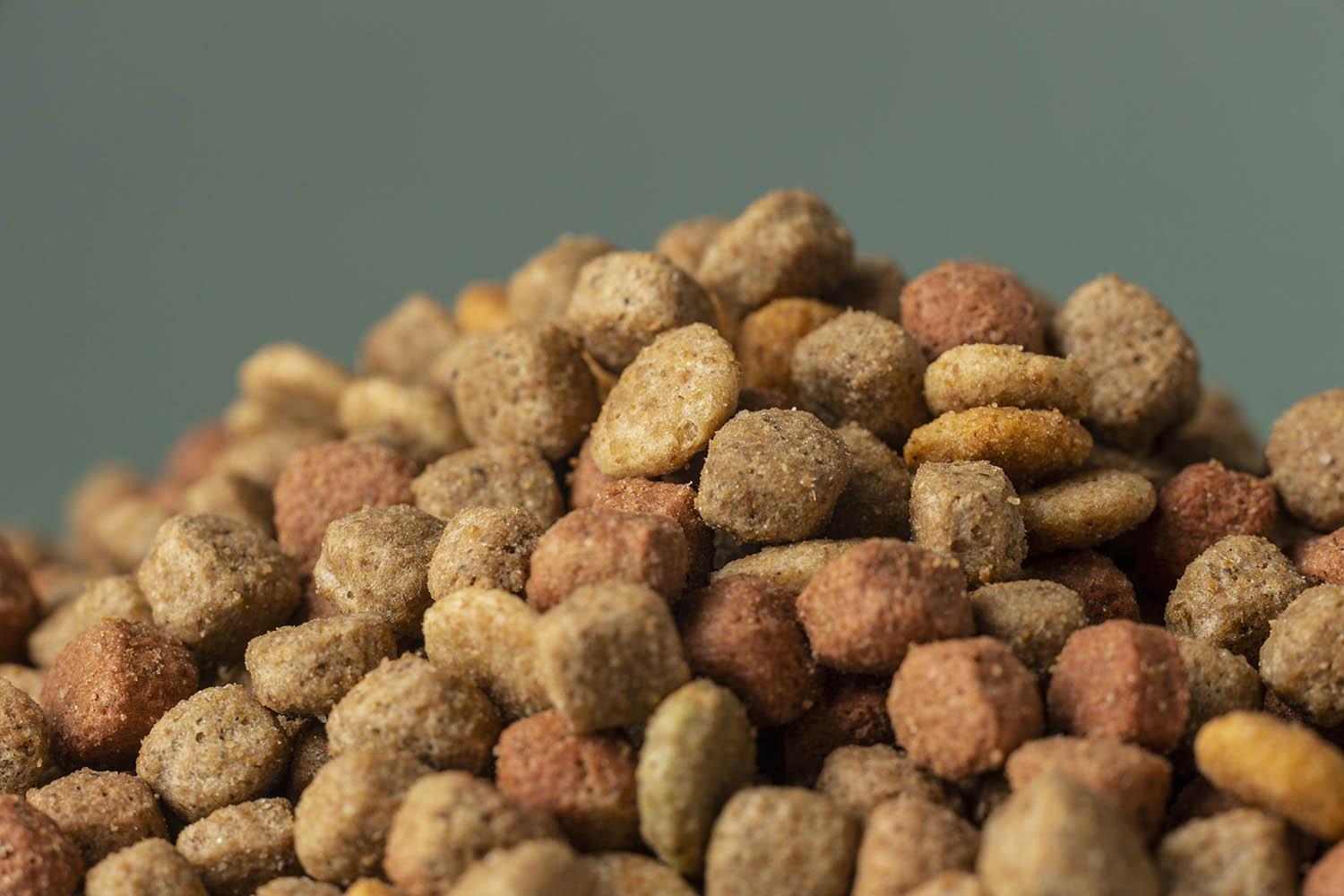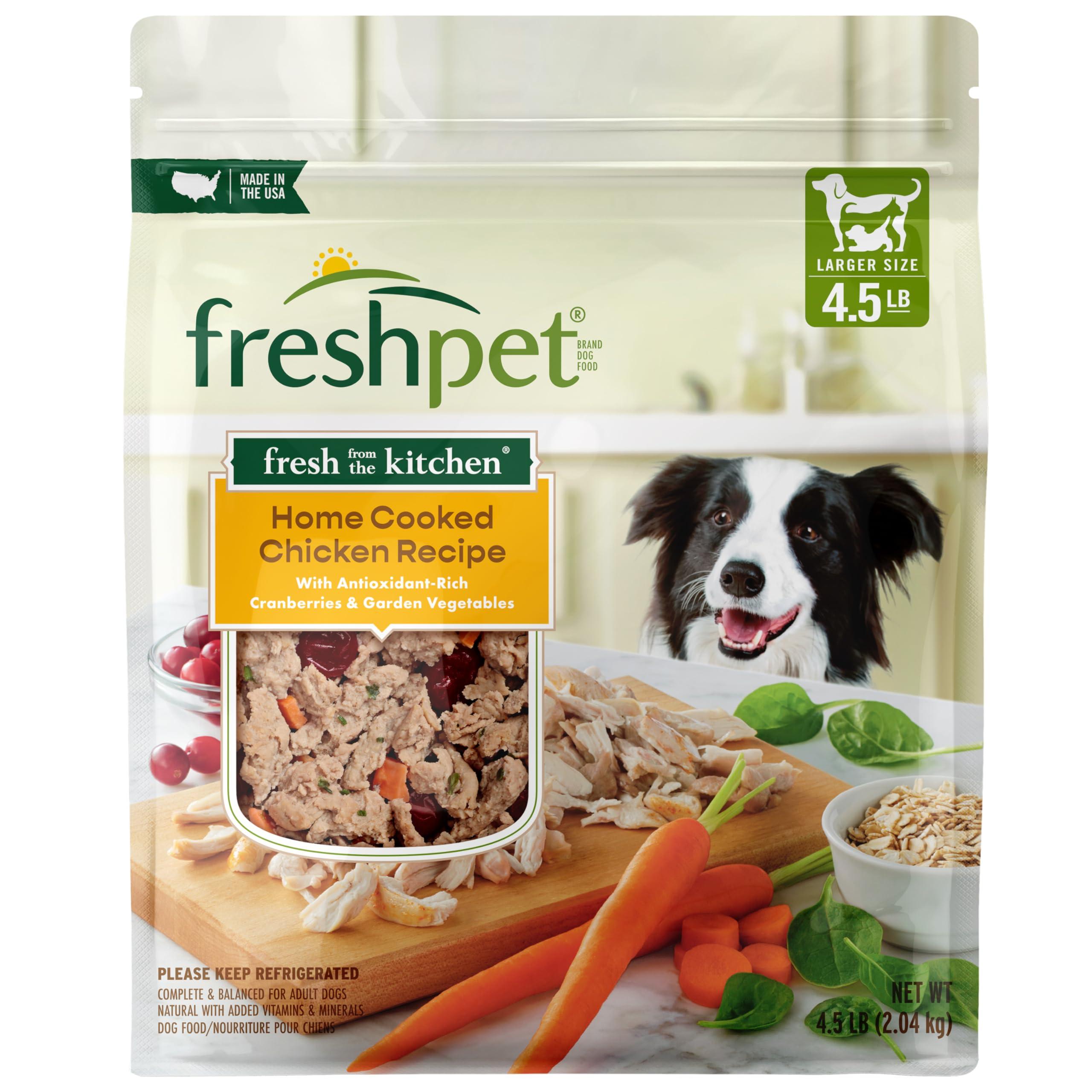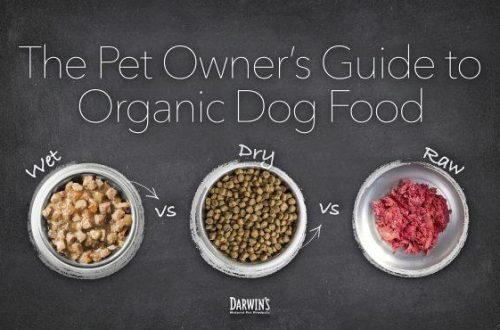
Organic vs. Commercial Pet Food: Exploring the Best Choice
In a world increasingly aware of the choices we make for ourselves, its no surprise that pet parents are turning a discerning eye to what lands in their furry companions’ bowls. The debate between organic and commercial pet food has emerged as a prominent topic, prompting passionate discussions across dining tables and online forums alike. On one side, proponents of organic pet food tout its natural ingredients and potential health benefits, while on the other, commercial brands promise convenience and affordability. But amid the contrasting claims and alluring packaging lies an essential question: what truly lies behind our pets’ daily meals? As we delve into this culinary conundrum, we aim to shed light on the nutritional merits and realities of both organic and commercial options, empowering you to make an informed choice for your beloved pet. Join us as we explore the benefits,challenges,and everything in between in this food fight for the ages.
Table of Contents
- Understanding the Nutritional Foundations of Organic and Commercial Pet Food
- Evaluating Ingredients: What to Look for in Quality Pet Food
- The Cost Factor: Balancing Budget and Health for Your Pets
- Expert Opinions: Veterinarians Weigh In on Feeding Choices
- Future Outlook

Understanding the Nutritional Foundations of Organic and Commercial Pet Food
When choosing between organic and commercial pet food, itS essential to delve into their nutritional foundations to make an informed decision. Organic pet food typically contains ingredients that are grown without synthetic pesticides, fertilizers, or genetically modified organisms (GMOs). This means that the protein sources, grains, and fats in organic options are often of a higher quality, possibly leading to better digestibility and overall health for your pet. Additionally, organic formulas are commonly enriched with natural vitamins and minerals, promoting well-balanced nutrition tailored for the distinct dietary needs of different pets.
On the other hand, commercial pet food can vary substantially in quality, frequently enough categorized into several tiers such as premium, standard, and budget brands. While some commercial foods adhere to stringent nutritional guidelines,others may rely on low-cost fillers and artificial additives that can affect your pet’s health. To make a clear comparison,consider the following aspects:
| Aspect | Organic Pet Food | Commercial Pet Food |
|---|---|---|
| Ingredient Quality | High-quality,natural ingredients | Varied,may include fillers |
| Additives | Natural preservatives and nutrients | Artificial flavors and colors |
| Digestibility | Generally easier for pets to digest | Can vary widely |
| Health Benefits | May reduce allergy symptoms | Dependent on brand and formula |

Evaluating Ingredients: What to Look for in Quality Pet Food
When sifting through the myriad of pet food options available, it’s vital to scrutinize the ingredients listed on the packaging. Quality pet food typically showcases a clear emphasis on whole food components, rather than processed fillers. Look for labels that highlight specific ingredients such as:
- High-quality protein sources: Meat (chicken,beef,lamb) shoudl be the first ingredient.
- Whole grains: Brown rice, oats, or quinoa can offer additional nutrients.
- Fruits and vegetables: Ingredients like blueberries, spinach, or carrots contribute to essential vitamins.
Along with identifying whole food ingredients, understanding the source and quality is equally vital. Opt for pet food with recognizable brands that emphasize transparency in their production processes. Ingredients sourced from organic farms or those with certified humane practices are preferable. Be cautious of the following:
- By-products: Thes are often low-quality ingredients lacking essential nutrients.
- Artificial additives: Preservatives, colors, and flavors can be harmful.
- Excessive fillers: ingredients like corn, soy, and wheat may be used primarily for bulk rather than nutrition.

The cost Factor: Balancing Budget and Health for Your Pets
When considering your pet’s nutrition, the balance between budget and health becomes a crucial factor.While organic pet food often promises higher quality ingredients and fewer additives, it can also come with a hefty price tag that impacts monthly expenses. Conversely, commercial pet food typically provides a wider range of price points, making it more accessible for pet owners on a tight budget. Though, one must be discerning about the ingredients in these products, as not all affordable options equate to value. many commercial brands add fillers and preservatives that could potentially compromise your pet’s health over time.
Understanding the cost implications also extends to the long-term health benefits your pet may reap from high-quality nutrition.Investing in organic food might lead to fewer health issues, potentially saving you money on vet bills down the road. To visualize this comparison, consider the following table showcasing the typical costs versus health benefits of both food types:
| Type of Food | Average Cost Per Month | Potential Health Benefits |
|---|---|---|
| Organic | $80 – $120 |
|
| Commercial | $30 - $70 |
|

Expert Opinions: Veterinarians Weigh In on Feeding Choices
As the debate around organic versus commercial pet food heats up, veterinarians offer valuable insights into the nutritional needs of our furry companions. Many veterinarians advocate for a balanced diet tailored to a pet’s individual health needs, as factors like age, breed, and pre-existing health conditions play crucial roles in dietary requirements. they emphasize that not all organic foods are inherently superior; rather, the quality of ingredients and the manufacturing process are key determinants. Some veterinarians suggest that a mix of both types might provide the best of both worlds, ensuring pets receive essential nutrients without excessive fillers.
Here’s a breakdown of what veterinarians commonly highlight when evaluating the two categories:
- Ingredient Transparency: Organic brands often provide clearer sourcing of ingredients.
- Regulations: Commercial brands might potentially be subject to variations in quality control and testing.
- Nutritional Value: Some veterinarians note that many commercial foods are formulated to meet AAFCO standards, ensuring a balanced diet.
- Cost Considerations: Organic options can be more expensive, which might affect consistent feeding.
| Feature | Organic Pet Food | Commercial Pet Food |
|---|---|---|
| Ingredient Quality | Often higher, with fewer additives | Varies widely |
| Regulatory standards | Strict organic standards | Adequate AAFCO compliance |
| Cost | Generally more expensive | More budget-kind options available |
| Availability | Specialty stores, online | Widely available in stores |
Future Outlook
As we conclude our exploration of the delicate balance between organic and commercial pet food, it’s clear that the best choice ultimately hinges on what matters most for you and your furry companion. Each option carries its own set of advantages and considerations, from the transparency and ingredient quality of organic offerings to the affordability and convenience often found in commercial brands.
Navigating this terrain requires careful thoght, as the right diet can play a pivotal role in your pet’s overall health and happiness. By weighing the pros and cons, considering your pet’s unique needs, and perhaps even consulting with a veterinarian, you can craft a nutritional plan that aligns with your values and your pet’s preferences.
whether you choose to go organic or stick with commercial fare, remember that the ultimate goal is a nourished, thriving pet by your side. Your commitment to understanding and providing for their dietary needs is the first step toward a healthy and joyful journey together. Happy feeding!





